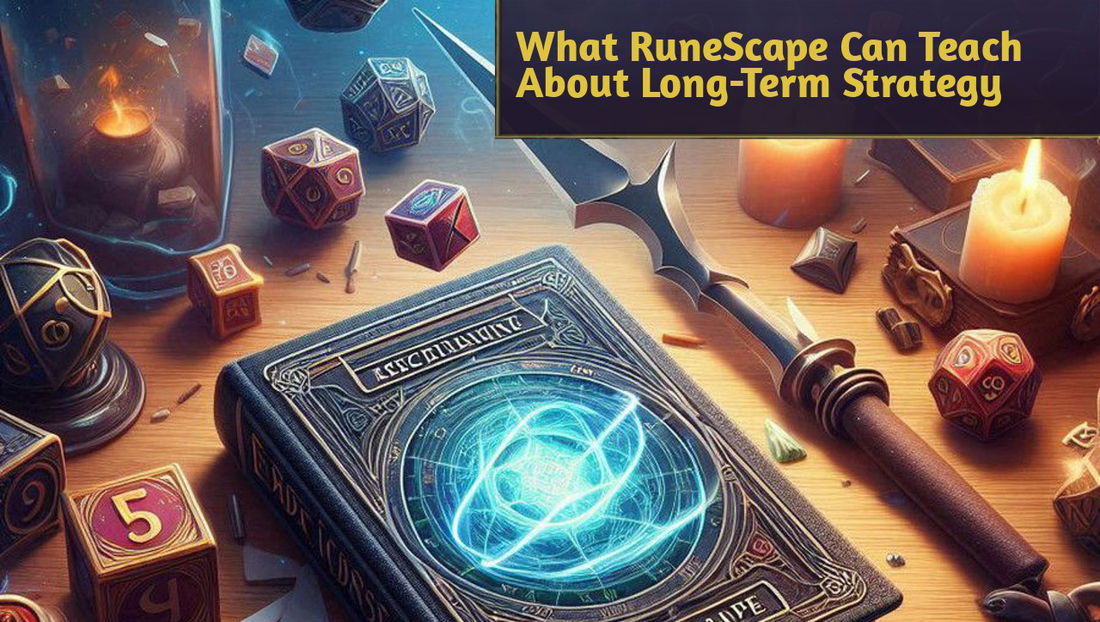What better way to spark curiosity, teamwork, and learning than by turning the classroom into a bit of a game room?
Enter game-based learning, or GBL. It’s not just a trendy buzzword. It’s a proven, effective way to turn lessons into playful, meaningful experiences. From board games to tech-enhanced quizzes, and- yes, our favorite- card games, classrooms around the world are embracing this fun-first approach to education.
And while some students may turn to platforms like Studybay for doing assignments for students online because it’s a reliable service with real reviews, others thrive through hands-on, active learning. How? By pulling a card that suddenly turns grammar into a game.
What Is Game-Based Learning, Really?
At its core, game-based learning uses actual games as part of the instructional process. The game is not just a reward after the “real” learning is done; it is the learning. Students absorb concepts and skills through gameplay, solving problems, making decisions, and competing or collaborating in real time.
This is different from gamification, which is more about adding point systems or badges to non-game tasks. Game-based learning uses the mechanics of games themselves as teaching tools. That could mean using a custom card game to teach math, or adapting classic games with new rules to support a specific subject.
GBL boosts both short-term engagement and long-term retention. According to an empirical study, students reported higher enjoyment, focus, and deep learning when they were immersed in game-based activities. The interactivity and challenge of games help build both cognitive and emotional connections to the material.
Why Card Games Belong in the Classroom
Ad
Let’s be honest: card games are fun. But more importantly, they’re powerful tools for learning. They offer just the right mix of challenge, chance, and choice to stimulate active thinking.
Here’s why they work:
● They engage both sides of the brain. Strategy, language, memory, and math all come into play.
● They build social and emotional skills. Students practice turn-taking, negotiation, and sportsmanship.
● They’re affordable and low-tech. No devices required—just a deck and a willing group.
● They’re flexible. Card games can be adapted to virtually any subject or age group.
● They reduce performance anxiety. Games offer a safer space for risk-taking and experimentation.
● They naturally foster repetition and reinforcement. Students revisit concepts multiple times during play.
Ad
Teachers often report that even reluctant learners become active participants when a game is involved. Suddenly, memorizing vocabulary or doing mental math becomes a group activity, layered with strategy and competition.
Learning Goals That Card Games Can Hit
Card games aren’t just fluff. When thoughtfully chosen or designed, they can meet serious learning objectives and support standards-aligned instruction across subject areas.
1. Language & Literacy
● Vocabulary games (like Synonym Snap or Context Clues Go Fish) help build fluency and comprehension.
● Storytelling cards support narrative structure, sequencing, and creative writing.
● Grammar games can reinforce parts of speech, punctuation, and sentence building.
2. Math & Logic
Ad
● Matching games teach place value, operations, and number sense.
● Probability-based games give hands-on practice with chance and statistics.
● Puzzle-style logic card games help students think critically and recognize patterns.
3. Science & Social Studies
● Card classification sets can teach animal groups, geological formations, or scientific processes.
● Historical role-play cards let students explore perspectives in past events.
● Cause-and-effect games simulate chain reactions, historical timelines, or environmental systems.
4. Social-Emotional Learning (SEL)
Ad
● Card prompts for sharing feelings or discussing conflict resolution build emotional vocabulary.
● Cooperative card games teach teamwork, mutual goal setting, and handling setbacks gracefully.
● Role-play scenarios develop empathy and perspective-taking.
5 Card Game Styles Teachers Should Try
There’s no single “right” card game for learning—but here are five great formats you can use or adapt.
1. Classic Games with a Twist
Familiar games like Uno, Memory, or War can be turned educational by tweaking the rules. For example, Uno cards might include math challenges on each color card. Memory can match vocabulary terms to definitions.
2. Commercial Educational Card Games
Ad
These games are ready-to-play and designed for classroom use. Titles like Math War (for computation fluency), BrainBox (for visual memory), or Storymatic EDU (for writing prompts) can fit seamlessly into lesson plans.
3. DIY Card Games
Sometimes the best game is the one you invent. Teachers or students can create their own sets using index cards, Google Slides, or apps like Canva. Custom decks can reflect current curriculum content and be reused throughout the year.
4. Digital Card Games
Platforms like TinyTap and Baamboozle let you digitize flashcards or build interactive card quizzes. These are perfect for remote learners or blended learning models and can track student progress over time.
5. Trading Card Games (TCGs)
With some creativity, trading card games like Pokémon or Magic can be adapted to emphasize reading, strategy, and resource management. Teachers have used Pokémon-style templates to teach literary characters, ecosystems, or historical figures.
How to Bring Card Games into Lesson Plans
Ad
Here’s how to make sure your game-based learning strategy is more than just a classroom distraction.
1. Define Clear Objectives
What skill, concept, or standard are you targeting? Make sure every aspect of the game ties back to learning goals.
2. Design or Choose the Right Game
Use a game that fits your content—not just one that’s fun. Choose formats that challenge students appropriately and encourage active participation.
3. Prepare Materials and Instructions
Have rules clearly printed or projected. Include visual aids or example rounds for first-timers.
4. Facilitate with Intention
Ad
Circulate the room, ask probing questions, and support struggling groups. You’re still the guide, even if the students are leading the game.
5. Wrap Up and Reflect
Use discussion prompts, journals, or mini-quizzes to reflect on the game experience. Ask: What did you learn? What strategy worked best? What would you do differently next time?
Teacher Tips: Keeping Card Games on Track
● Establish classroom norms for gameplay. Reinforce respect, turn-taking, and conflict resolution.
● Introduce a new game gradually. Practice just one round together before turning students loose.
● Use gameplay as a reward or review strategy. Rotate in card game days at the end of a unit or before assessments.
● Document the learning. Have students write exit tickets, reflections, or even game review blogs.
Ad
● Differentiate decks. Create versions of the same game for different ability levels.
A Few Challenges to Keep in Mind
● Classroom management: Without clear structure, games can devolve into chaos. Keep groups small and rules consistent.
● Prep time: Designing or customizing games takes time upfront, though they can be reused.
● Balance with assessment: Games are great for formative assessment but may need follow-ups to verify mastery.
● Student buy-in: Some students may resist at first—especially if they associate games with play, not learning. Start small and build trust.
Going Digital: Hybrid and Tech-Enabled Options
Card games don’t have to be physical. There are dozens of digital options that still offer hands-on interaction. Try:
Ad
● TinyTap – Make your own card games digitally.
● Boom Cards – Great for younger learners and independent practice.
● Quizlet Live – Turn flashcard decks into fast-paced multiplayer games.
Make sure your laptop can handle it if you’re thinking of building a game or integrating tech into your teaching tools.
Play Is Powerful
Card games aren't just classroom entertainment. They're dynamic tools that tap into how kids naturally learn: through play, challenge, repetition, and social interaction.
From boosting math fluency to strengthening empathy, the learning that happens during a well-run game is often deeper and more durable than a worksheet could ever be. When teachers approach games with purpose and reflection, they transform moments of fun into moments of meaning.
So go ahead: deal the cards, shuffle the rules, and turn learning into play. Your students will thank you.
Ad




— Comentarios
0Se el primero en comentar